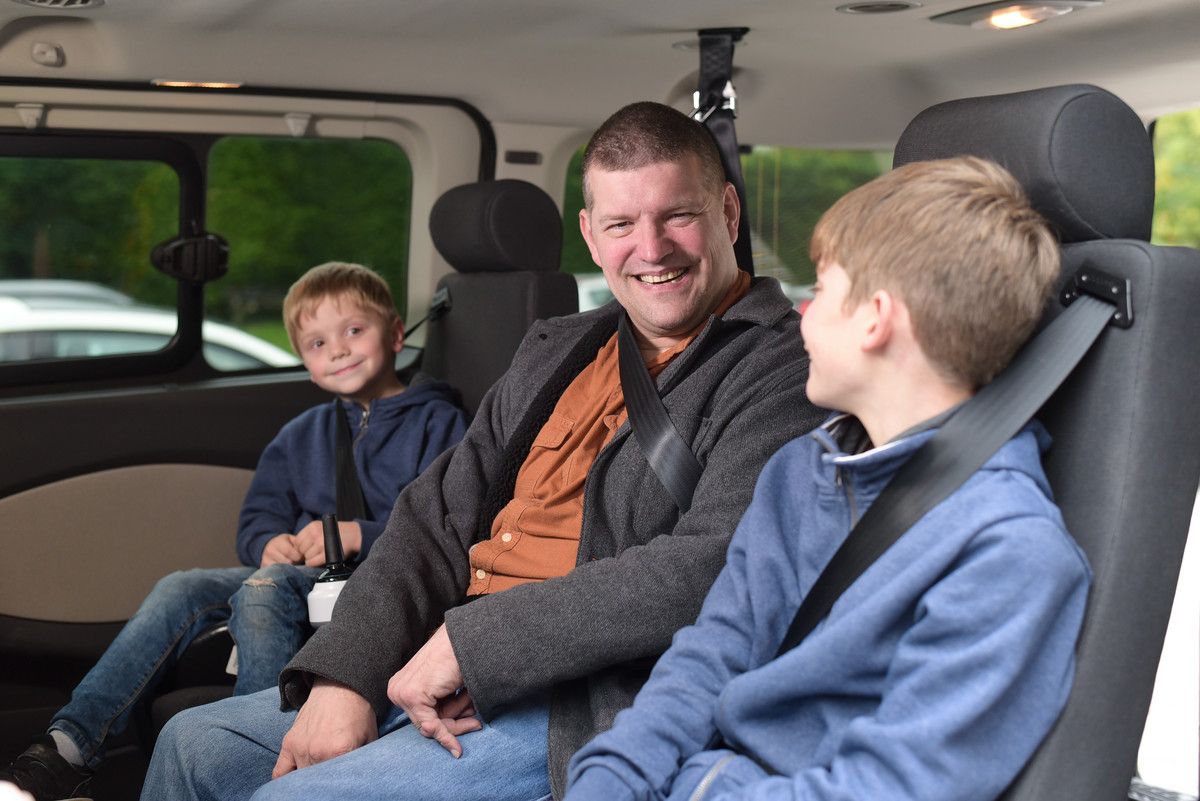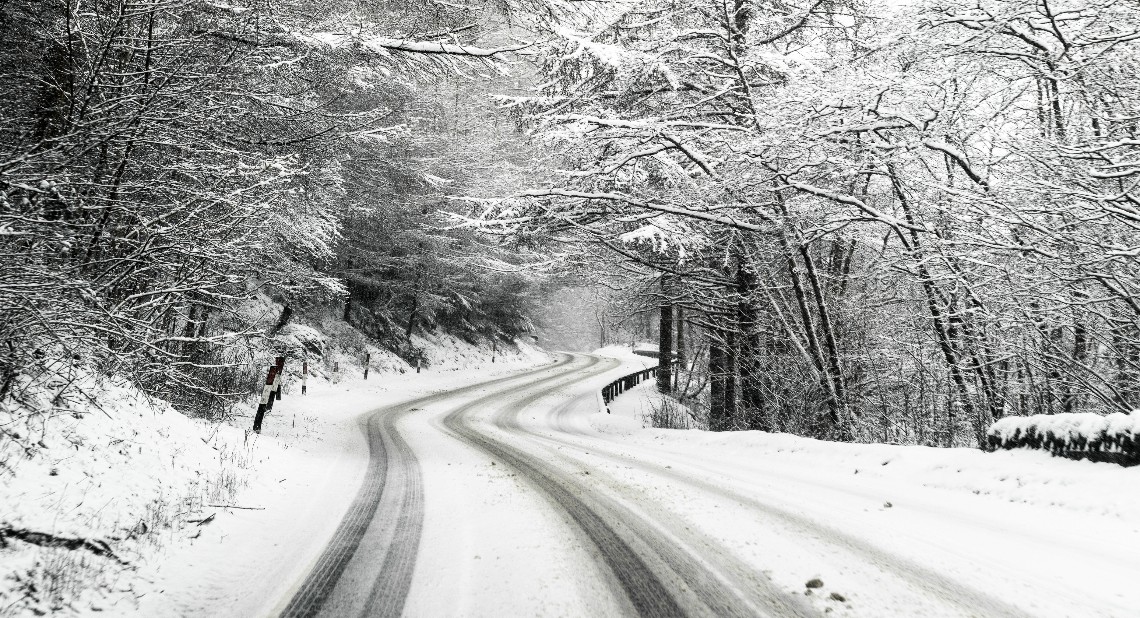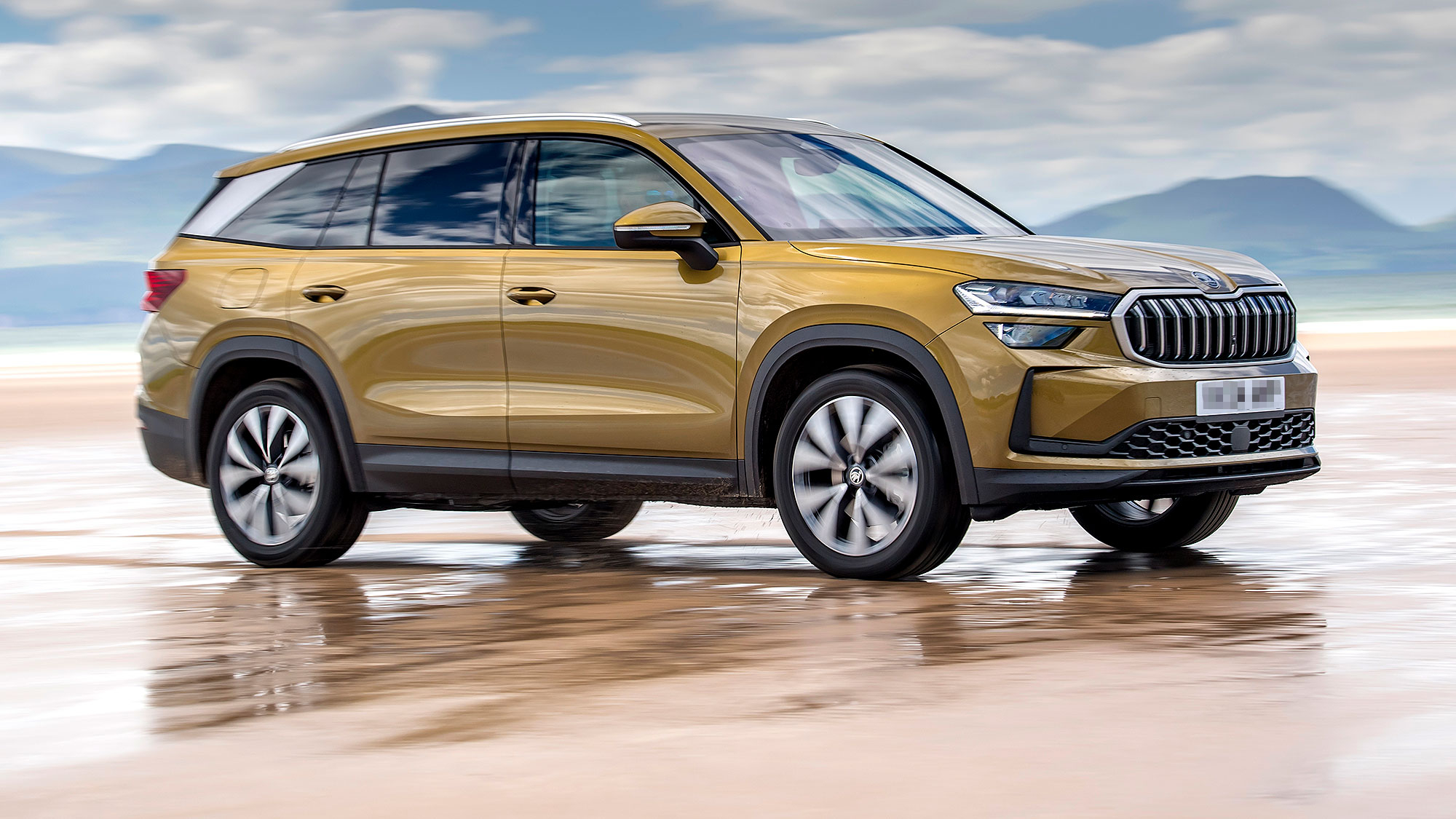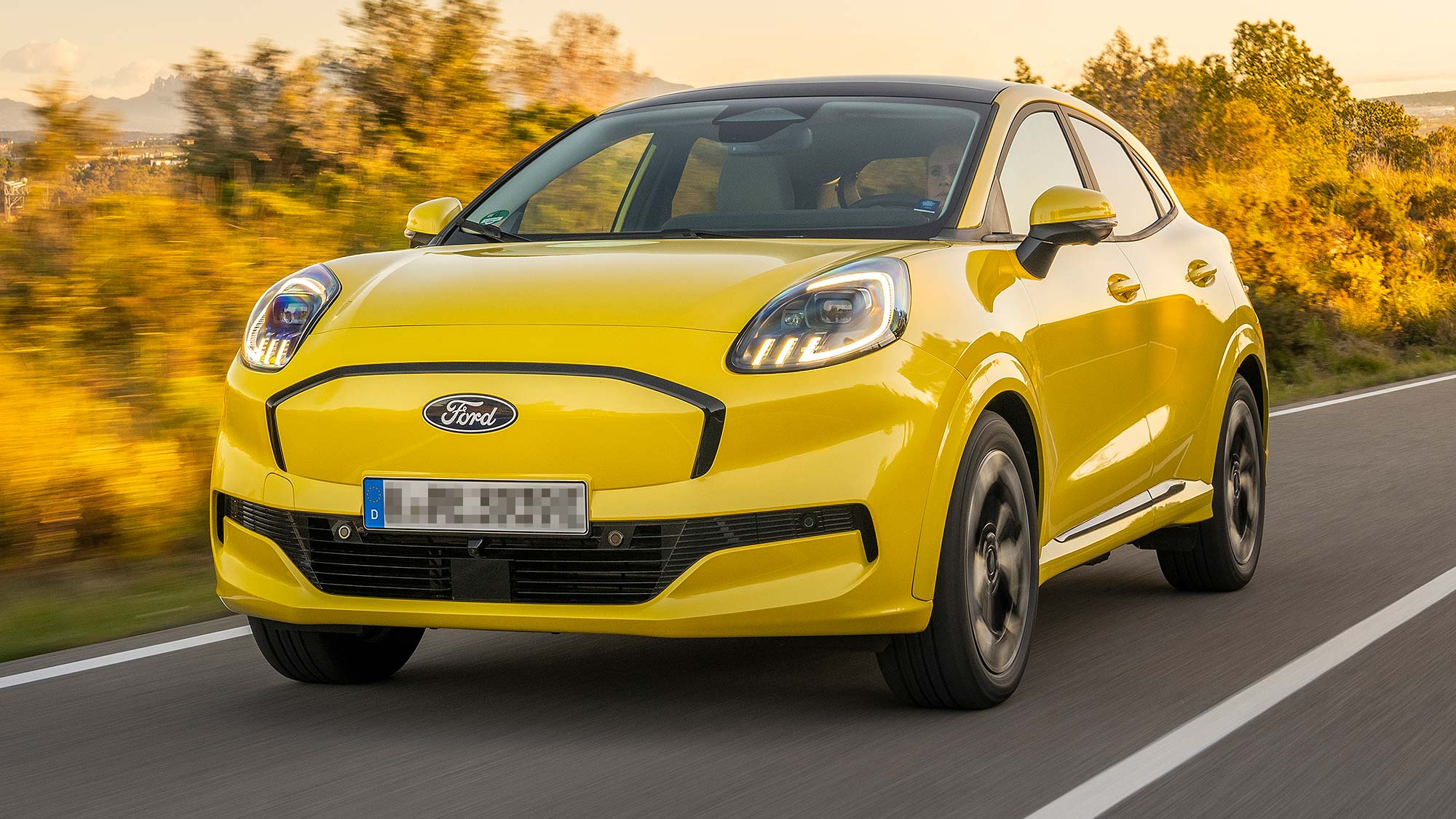Over the summer months, lots of us will be heading to the countryside for a relaxing rural escape. If you’re planning to drive on country roads, check out these useful driving tips from Scheme customer Helen Dolphin.
With the holiday season in full swing, I’m sure many people will be heading off into the countryside to enjoy everything that country living has to offer. Whether you’re visiting a lovely coastal town in Cornwall, enjoying boating on the broads in Norfolk or heading off to Wales for some fresh mountain air, you’re likely to need to negotiate country roads to get there.
Country roads make up over half of the UK’s road network. Covering almost 200,000 miles, these minor roads are very common, in contrast to motorways that account for only 2,300 miles of the road network. Although I’d always thought motorways were the most dangerous to drive on, this is in fact incorrect – country roads are statistically the most hazardous in the UK.
Living in Norfolk I’ve never given much thought to the hazards that country roads might present, as for me these are just normal driving conditions. However, for people who rarely drive on rural roads, there are a few things worth considering.
Tractors and farm vehicles
It was only last week when I was driving from Norfolk up to Staffordshire that I realised just how much farm traffic you encounter on a single journey. On one short stretch of road, I came across four tractors and two combine harvesters.
It is possible to overtake where the road is clear ahead, however I saw several cars overtaking on bends or where there was no clear view. Although there are lots of lovely hedgerows bordering the road, you really don’t want to end up buried in one of them! In most cases, this farm traffic turns off very soon so you’re rarely held up for long.
Animals
It is not that common in agricultural Norfolk to meet farm animals on the road, but if you’re off to Wales do be prepared to meet a flock of sheep being moved (or just a few odd ones who have escaped and are taking themselves for a walk). They obviously have no idea of the rules of the road and will just take their own time to wander back onto the verge. When I was driving in Scotland I came across a Highland cow in the middle of the road, which was quite a shock as it is a considerable size and has very big horns.
However, it’s not just farm animals that you’ll encounter on country roads. I think one of my worst experiences of an animal on the road was when I was driving in Norfolk at dusk when a deer ran in front of my car. I was lucky to be able to brake and miss it as they can cause considerable damage to you and your vehicle. Some areas in the UK are worse than others, and some hotspots include: the A134 in Thetford Forest, A22 in Ashdown Forest, B4506 in Ashridge Forest, A4136 in the Forest of Dean, and M27 between Southampton and Portsmouth. So if you’re going through these areas, make sure to take extra care – especially at dawn or dusk. If you do hit a deer, you should make sure you and any passengers are safe, before then reporting the accident to the police. The police can also contact specialists to look after injured deer.
Horses
Horse riding is popular in many areas and it’s not uncommon to come across one or more horses being ridden on the road. However, because of a large number of accidents involving horses the charity, the British Horse Society (BHS) launched a campaign called “Dead Slow”, which aims to educate drivers on how to safely pass a horse on the road.
Their advice to drivers is to slow down to a maximum of 15mph when you meet a horse and rider on the road, and to leave at least a car width between your vehicle and the horse, passing wide and slow, without revving your engine or sounding your horn. It seems surprising that people don’t already know this, but there are clearly lots of people who don’t as there have been over 2,500 road incidents involving horses since 2010.
Cyclists
My husband is an avid cyclist and every weekend goes out with his cycling club on the roads around Norfolk. He often has a story or two about a bad driver they encountered on the way, who was not aware of how to treat cyclists on the road.
It is worth remembering that the Highway Code requires vehicles to give cyclists at least as much space as a car when overtaking and it encourages cyclists to ride in the middle of the road where there is not enough room for a car to overtake safely. My husband reports that a lot of motorists think they are doing this deliberately to hold up the traffic and get annoyed, but it is just for their own safety.
Road surface
With farm vehicles using the country roads, it’s not uncommon to find a large trail of mud. This is usually fine when it’s dry, but when it rains the mud can make the road surface really slippery. If this is the case, be sure to drive with extra care.
As well as mud you may come across patches of standing water where it just hasn’t drained away. The last thing you want to do is aquaplane into a ditch. The best advice from the RAC to avoid aquaplaning is to hold the steering wheel straight and gradually ease your foot off the accelerator. The last thing you should do is hit your brakes hard. To prevent aquaplaning, the RAC advise that you should make sure your tyres are in good condition and don’t drive too fast.
Other things to look out for on country roads are potholes. Admittedly potholes are not just a problem in the countryside, but it is likely you would be driving faster than in a town so they would cause more damage if you hit one. Estimates show there are 10 potholes for every mile of road in England, so it is certainly something to be aware of.
As country roads are generally quite bendy, it is really a case of just being aware of what you might find around the next bend. This really could be anything from a horse to a pile of mud, but as long as you are ready for it then you should have a safe journey.
Related articles
Accessible summer holiday spots in the UK
5 things you need to know about driving abroad
![]()






